Lucky Imaging technique captures M51 in vivid detail
Sunday, May 19, 2024

|
Robert Majewski |
Dr. Robert Majewski recently published a great example of using the "Lucky Imaging Technique" on the M51 galaxy. He developed an innovative auto guiding algorithm for deep sky imaging, using Fourier analysis to guide with all visible stars, enhancing image quality. His method was proven with a stunning image of the M51 Whirlpool Galaxy.
I decided to image Deep Sky objects with available software a number of years ago. However, I found a number of problems, like the autoguiding calibration code that failed to calibrate for various reasons, and guide stars were hard to find. So, I decided to write my own software for DSO image acquisition.
The "Lucky Image" M51 image was taken with an 8 inch SCT on an Astro-Physics Mach2 mount at Sierra Remote Observatories
First, I asked myself, why only use a single guide star? Why not use all of the stars visible in the main telescope optics to guide on? Why not let the center of guiding be the center of the field of view rather than at some offset location, possibly outside the field of view of the main camera? Image Autoguiding provides this capability. Image Autoguiding is an algorithm developed by the author that makes use of Fourier analysis to measure shifts between imagery to subpixel accuracy. A reference image is obtained at the start of the guiding process, and then aim point shifts are determined from the imagery. The autoguiding process is user-friendly. No guide stars to locate! Just start collecting imagery, the first one is the reference image.
An example of the imaging approach is an image of M51 the Whirlpool Galaxy which was taken with an 8 inch SCT on an Astro-Physics Mach2 mount at Sierra Remote Observatories. A luminance filter (400-700 nm) was used. A ZWO ASI533MM pro CMOS camera was used to acquire a large number of 10 second exposures for DSO lucky imaging.
Only a single camera was used. Guiding and real-time image stacking were accomplished on the 2K images by Fourier analysis algorithms. The software used to guide the mount and stack the images was written by the author. 64 10 second exposures were collected in order to create a single "sub" file that was saved on the hard drive. The lucky imaging process stacked the best 32 out of the 64 exposures collected to create the FITs file that was saved.
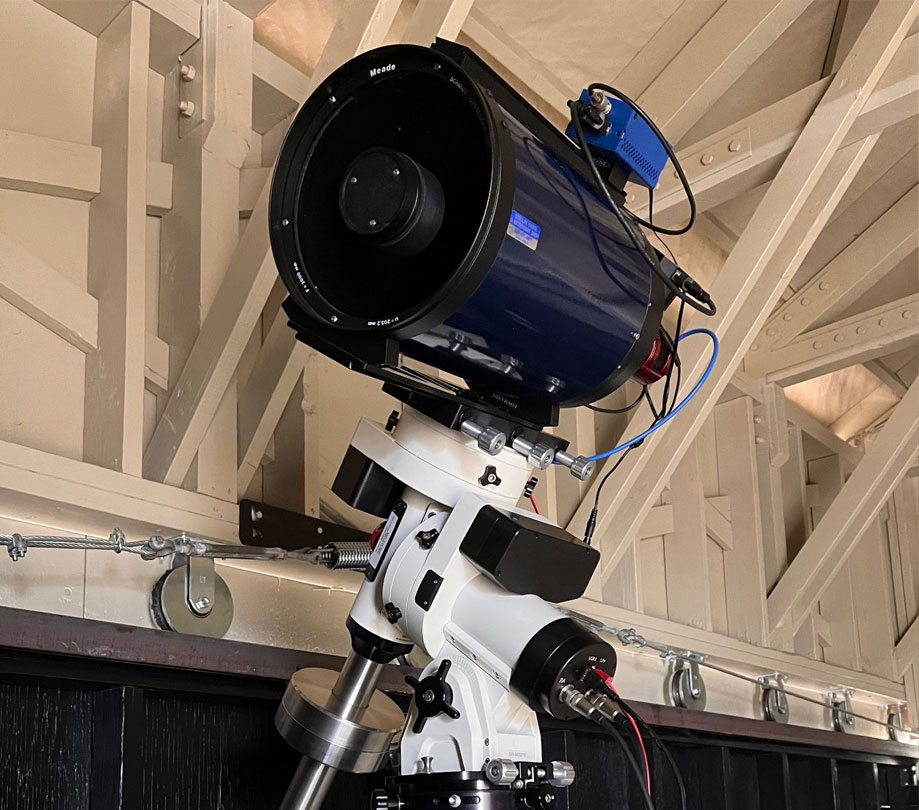
No guide stars were used
This image of M51 was taken with an 8 inch SCT on an Astro-Physics Mach2 mount at Sierra Remote Observatories. A luminance filter (400-700 nm) was used. A ZWO ASI533MM pro CMOS camera was used to acquire a large number of 10 second exposures for DSO lucky imaging. No guide stars were used!
Only a single camera was used. Guiding and real-time image stacking were accomplished on the 2K images by Fourier analysis algorithms. The software used to guide the mount and stack the images was written by the author. 64 10-second exposures were collected in order to create a single "sub" file that was saved on the hard drive. The lucky imaging process stacked the best 32 out of the 64 exposures collected to create the FITs file that was saved.
PixInsight was used to process the subs. First, star alignment was used to align the dithered subs. Next, drizzle integration were employed to produce a single image. BlurXterminator was used for performing deconvolution. Finally, the histogram transformation process was used to stretch the image.
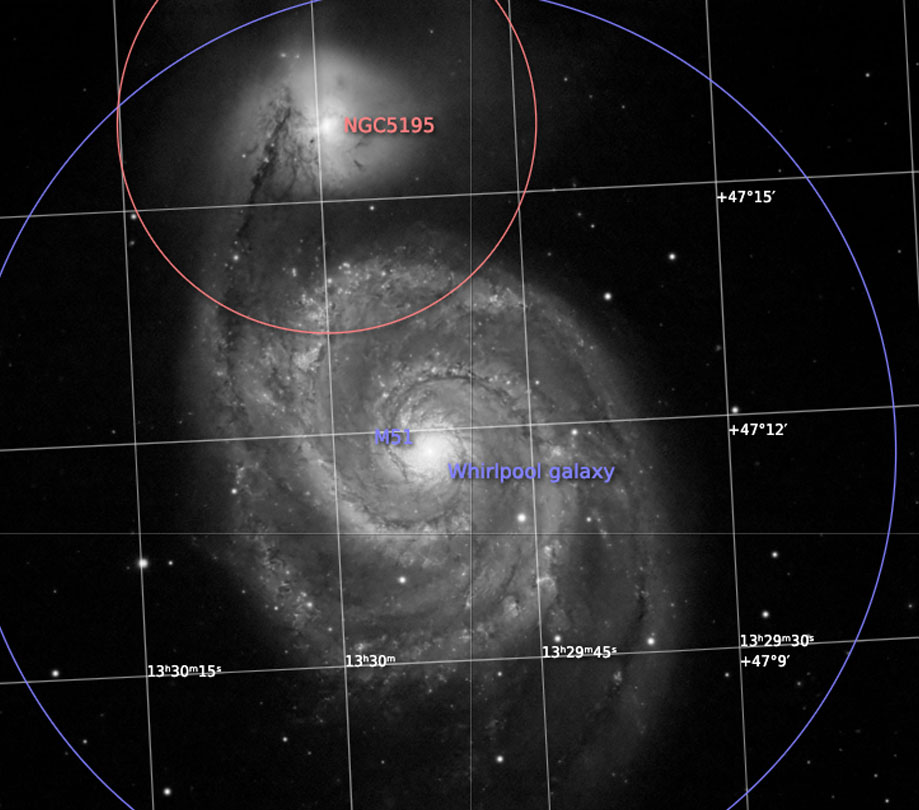
Lucky imaging approach
In the past, I measured the FWHM of each 10 second exposure image. Now I am using something I call MTF bandwidth to evaluate the sharpness of the images obtained during each exposure because it take less time to calculate. The amount of improvement depends on how variable the seeding is at that time of night. If you look at seeing monitors at sites like SRO you can see quite a bit of variation. I would estimate that the real-time stacking could result in a 20 - 30 % improvement. It is not as dramatic as obtained with planetary imaging because the exposures for DSOs are much longer. In addition to seeing, the other important factor here is mount tracking.
With this lucky imaging approach, the mount only has to track well for 10 seconds at a time, since each separate 10 second image is accurately aligned to a reference image. The random component of the alignment error magnitude was computed to be less than +/- 0.02 arc-seconds using my Fourier analysis algorithms. Unlike centroid tracking on a single star I am estimating image shifts on the entire 2048 x 2048 image. This includes the galaxy as well as the stars. So the effect of seeing is greatly reduced. After performing drizzle integration, I obtained a FWHM of 1.9 arc-seconds. After applying BlurXT, the FWHM went down to 1.1 (PixInsight) or 0.93 (TheSkyX) arc-seconds. The details revealed by BlurXT were clearly latent in the image before deconvolution. I think this is a result of the accuracy of the real-time alignment process.
The breakdown for my 8 inch SCT:
- optics FWHM ~ 0.6 arc-seconds for luminance bandpass
- plate scale 0.358 arc-seconds
- mount tracking RA 0.2 arc-seconds RMS
- mount tracking Dec 0.2 arc-seconds RMS
Using drizzle integration brings out more fine structure and reduces the plate scale in the final image to 0.179 arc-seconds. Deconvolution with BlurXT is performed at this plate scale. The final FWHM value I estimate for the complete telescope system ~ 0.8 arc-seconds as if it were in space. So after BlurXT, I am getting a result close to what could be obtained if the telescope system was in space outside of the atmosphere.

M51 The Whirlpool Galaxy
- Acquisition type: Lucky imaging
- Imaging Telescopes Or Lenses: Meade LX50 8"
- Imaging Cameras: ZWO ASI533MM Pro
- Mounts: Astro-Physics Mach2 GTO
- Filters: Astrodon Gen2 I-Series Tru-Balance Lum 1.25"
- Accessories: MoonLite CS SCT 2 inch Format Focuser
- Software: Pleiades Astrophoto PixInsight, Russell Croman Astrophotography BlurXTerminator, and DIY Image Auto-guiding
Acquisition details
- RA center: 13h29m50s.730
- DEC center: +47°11′25″.43
- Pixel scale: 0.179 arcsec/pixel
- Orientation: -2.862 degrees
- Field radius: 0.144 degrees
- WCS transformation: thin plate spline
- Resolution: 4096x4096
- File size: 1.6 MB
- Data source: Own remote observatory
- Remote source: Sierra Remote Observatories
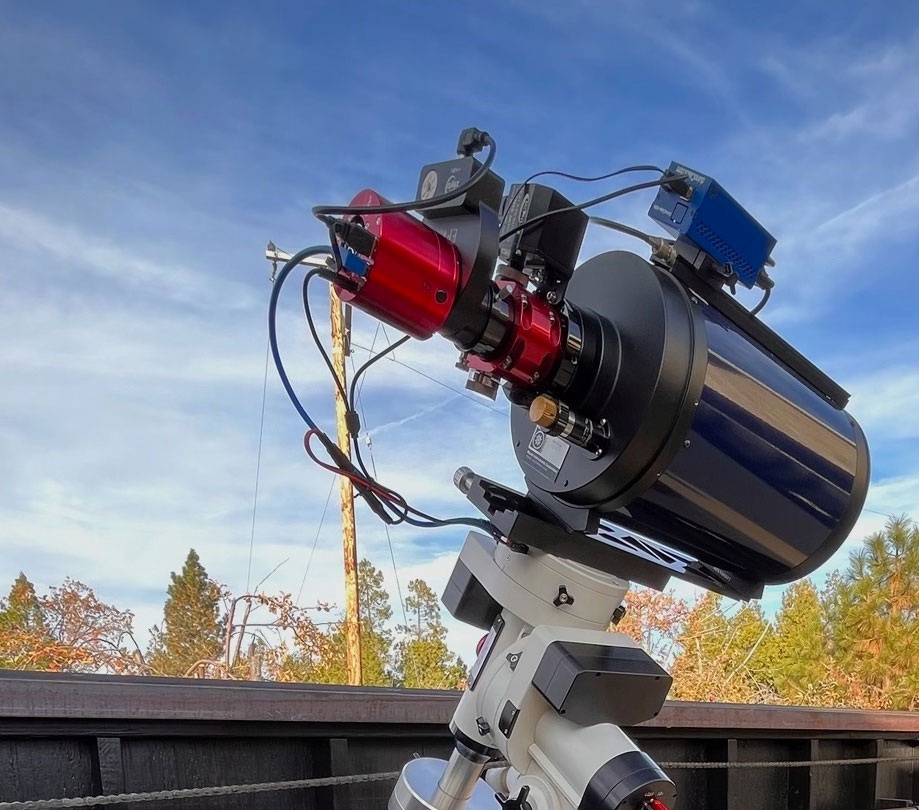
Lucky Imaging Technique (also called Lucky Exposures): A Comical Dive into Astronomical Wizardry (Editors notes)
Imagine you're at a carnival, trying to win a prize at a dart-throwing game. The target is wobbling, your aim is iffy, and there's a hefty breeze. Now, instead of a carnival, picture yourself staring into the vastness of space, trying to capture the perfect image of a distant galaxy. Welcome to the world of astronomy, where even the universe likes to play a little game of hide-and-seek.
Enter the hero of our story: the "Lucky Imaging Technique." It’s the astronomer's equivalent of throwing a hundred darts at once and hoping one hits the bullseye. Sounds crazy, right? Well, let’s embark on this cosmic journey and uncover the magic behind this technique.
A Cosmic Game of Whack-a-Mole
Astrophotography, like carnival games, is fraught with challenges. Earth's atmosphere, our protective bubble, is both a blessing and a curse. It shields us from harmful radiation but also introduces a pesky problem: turbulence. The atmosphere acts like a frosted bathroom window, blurring our view of the stars. This atmospheric turbulence makes celestial objects dance around like they're auditioning for "Dancing with the Stars."
Lucky imaging comes to the rescue, and it’s as if astronomers decided to play a cosmic game of Whack-a-Mole. The idea is to take many, many short exposures of a celestial target, like the infamous M51 Whirlpool Galaxy. Instead of a single long exposure that captures all the atmospheric wobbles, lucky imaging snaps hundreds or thousands of quick shots. Most of these images will look like they were taken during an earthquake, but a few will capture moments of stillness and clarity – those are the lucky ones.
The Art of Being Lucky
You might think, "Why not just take one long exposure and be done with it?" Well, imagine trying to take a selfie on a trampoline. A long exposure would turn your face into a Picasso painting. Short exposures, on the other hand, freeze moments of relative calm.
Astronomers sift through these rapid-fire images, discarding the blurry ones like bad Tinder dates and keeping the clear ones. The best frames are then combined to create a sharp, detailed image, like assembling a cosmic jigsaw puzzle. This technique makes use of the fact that atmospheric turbulence changes rapidly, and every so often, it provides a fleeting moment of clarity – a lucky shot.
Fourier What?
Now, here’s where it gets a bit techy, but bear with me. Imagine you’re a DJ at a party, mixing music. You’ve got all these sound waves, and you need to isolate the beats to make everyone dance. Similarly, in lucky imaging, astronomers use a bit of mathematical wizardry called Fourier analysis. This helps them separate the "noise" (blurriness) from the "signal" (clear images).
Fourier analysis breaks down complex patterns into simpler components. It’s like turning a smoothie back into its individual fruits. By applying this technique, astronomers can enhance the quality of the lucky images, making the final picture even clearer. It’s as if they’ve not only hit the bullseye but also won the giant teddy bear.
Autoguiding: The Celestial Shepherd
Lucky imaging isn't just about taking snapshots and hoping for the best. It's paired with another nifty trick called autoguiding. Think of autoguiding as having a shepherd for your telescope, ensuring it stays pointed at the right star, even if that star is doing the Macarena.
Dr. Robert Majewski, our real-life astronomy superhero, developed an innovative autoguiding algorithm. This isn't your run-of-the-mill, "follow the brightest star" approach. His algorithm uses Fourier analysis (yes, our DJ trick) to track all visible stars in the field. It’s like having a GPS that not only knows the roads but also predicts traffic jams and reroutes accordingly.
This technique ensures that the telescope keeps a steady gaze on the target, minimizing the chances of getting a blurry image. It’s like trying to keep your phone camera steady while riding a roller coaster – challenging, but not impossible with the right tools.
The Proof is in the Pixels
The real magic happens when these techniques come together. Lucky imaging and autoguiding, combined with a sprinkle of Fourier analysis, create a powerhouse for capturing stunning astrophotos. Dr. Majewski demonstrated this with his image of the M51 Whirlpool Galaxy. The galaxy, 23 million light-years away, looks crisp and detailed, as if it’s just around the corner.
By using the lucky imaging technique, he managed to capture the intricate spiral arms and the bright core of the galaxy. The image is so clear, it’s like looking through a window into another part of the universe. The technique transforms the chaotic dance of the stars into a serene and breathtaking portrait.
Why Should You Care?
You might be wondering, "Why should I care about some fancy space photography technique?" Well, beyond the cool factor, lucky imaging has practical implications. It allows amateur astronomers to capture professional-quality images with relatively modest equipment. You don't need a billion-dollar space telescope to get stunning results.
Moreover, this technique is a testament to human ingenuity. It shows how we can overcome natural obstacles with creativity and persistence. Lucky imaging is a blend of art and science, a beautiful example of how we can unlock the secrets of the universe from our own backyard.
Final Thoughts: Shooting for the Stars
In the end, the lucky imaging technique is a brilliant reminder that sometimes, luck is what you make of it. It’s about playing the odds, using technology and ingenuity to turn the seemingly impossible into reality. It’s a bit like gambling, but with better odds and way cooler prizes.
So, next time you gaze up at the stars, remember that somewhere, an astronomer is playing a celestial game of Whack-a-Mole, capturing the beauty of the universe one lucky shot at a time. And who knows, maybe you'll be inspired to try your hand at astrophotography, armed with the knowledge that a little bit of luck, combined with smart techniques, can take you a long way – all the way to the stars.
Some Lucky Image resources
https://en.wikipedia.org/wiki/Lucky_imaging
https://skyandtelescope.org/astronomy-blogs/imaging-foundations-richard-wright/lucky-imaging/
https://astrobiscuit.com/best-gear-for-lucky-imaging/
https://ui.adsabs.harvard.edu/abs/2016ASSL..439....1B/abstract
ScopeTrader's latest survey
Featured Stories
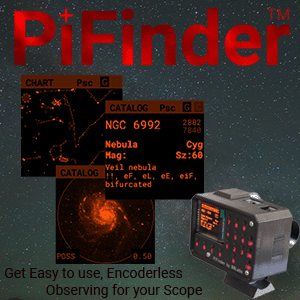
Stay Updated
Sign up for our newsletter for the headlines delivered to youSuccessFull SignUp

|
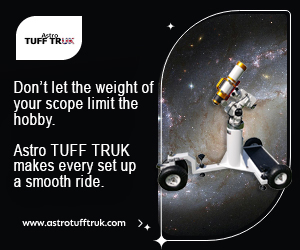

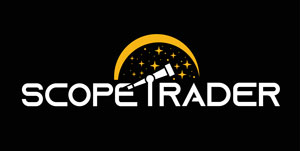
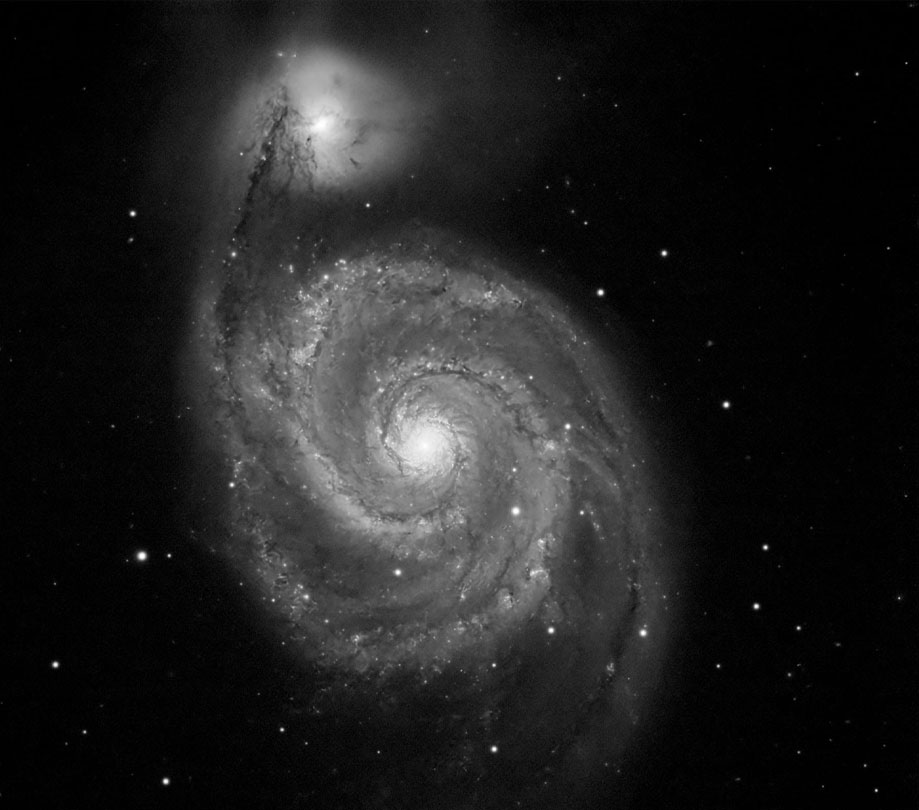


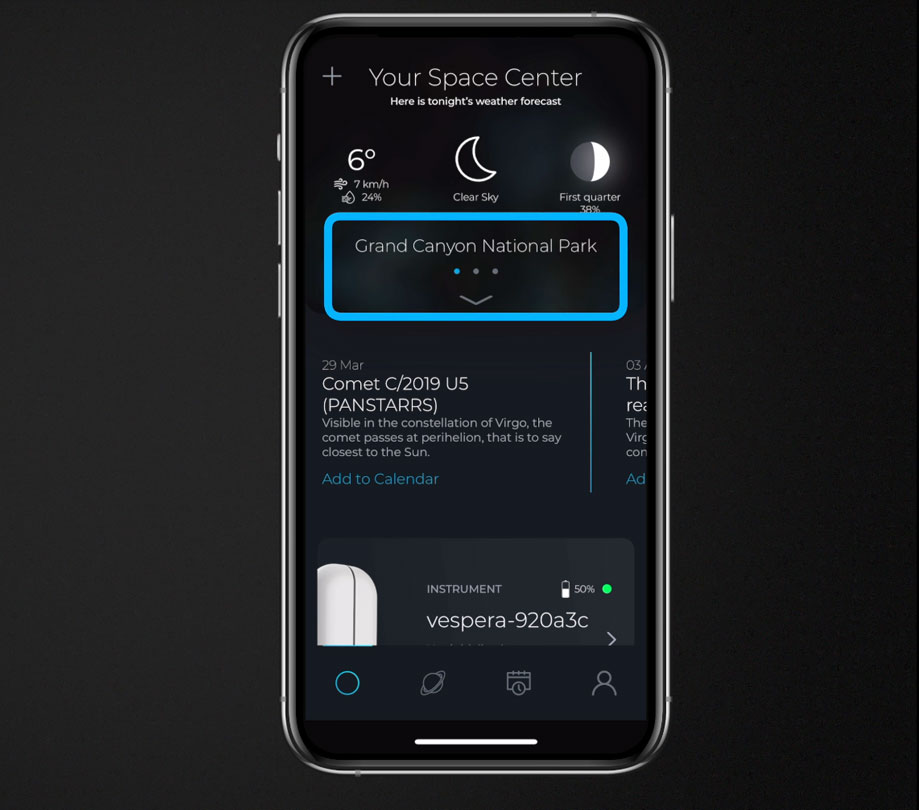
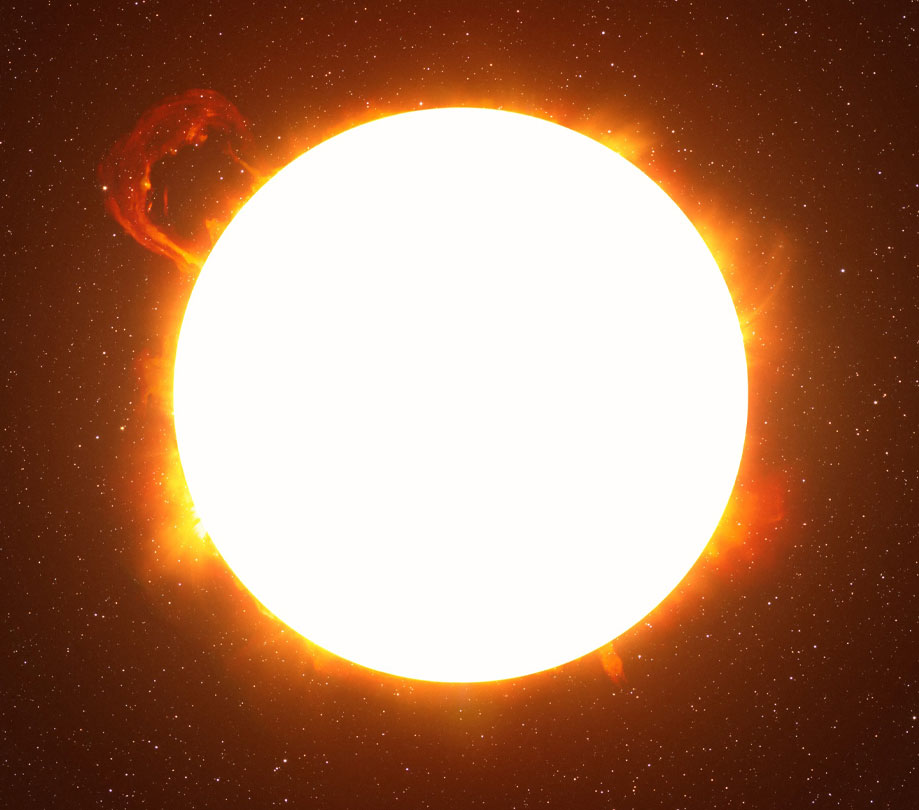
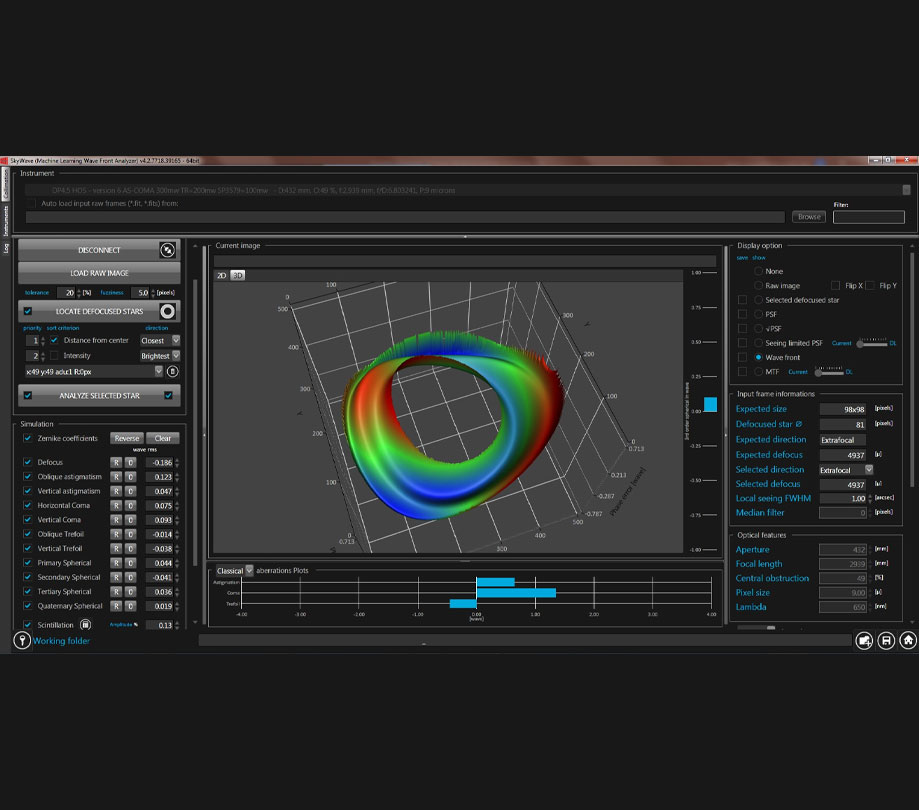
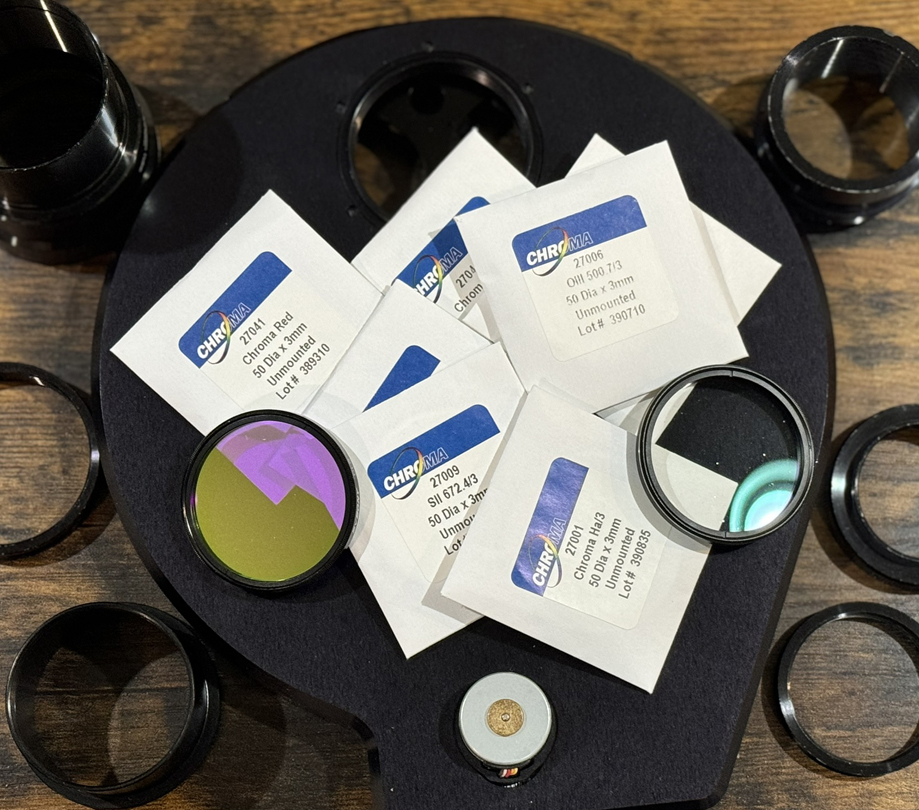
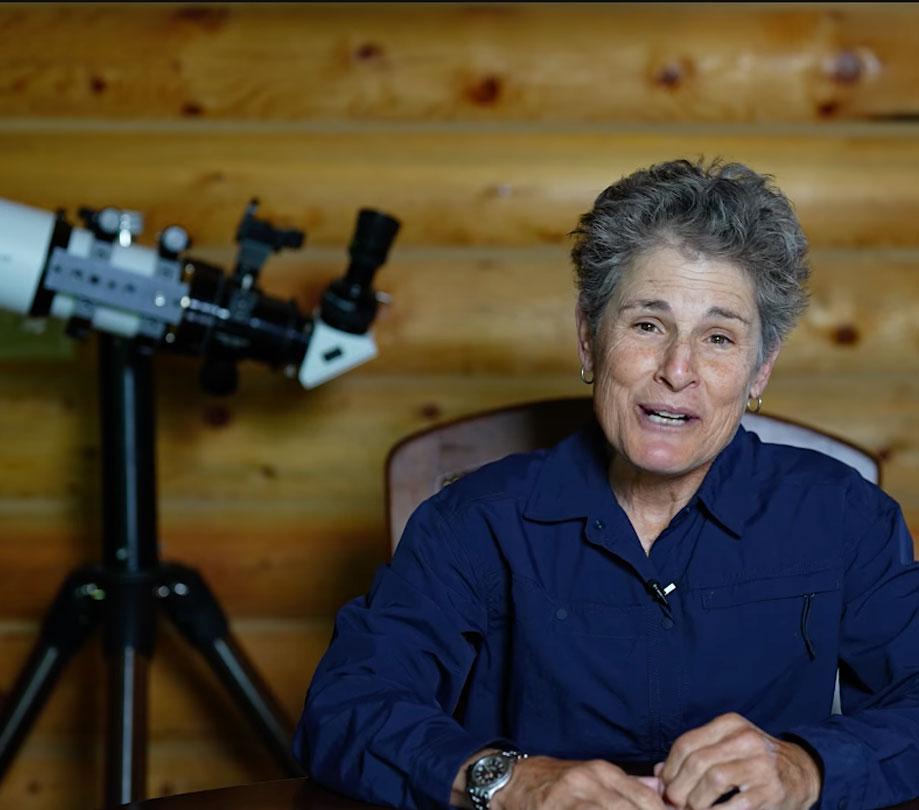
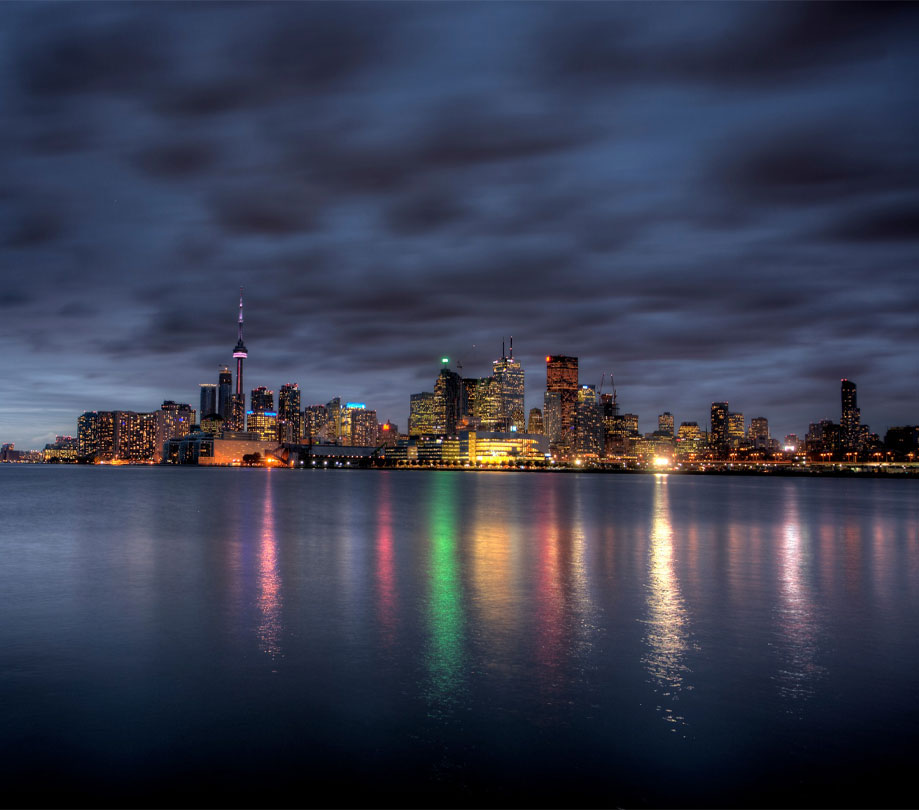
Comments
This content is made possible by a guest author, or sponsor; it is not written by and does not necessarily reflect the views of ScopeTrader's editorial staff.